#032 Yule
Share
Yule or Yuletide (Yule season) is an ancient festival observed by the Germanic peoples. It has connections to Woden (Odin) and sacrificial feasts. Like many other pagan festivities, Yule was Christianised and transformed into Christmastide. Despite this, Yule is still commonly used in carols and in connection with Christmas, such as the Yule log. How was this ancient festival celebrated, what was its meaning and how does it influence Christmas celebrations today?
The Norse All Father, Odin, also bears the names jólfaðr (Old Norse for "Yule father") and jólnir ("the Yule one"). A link was later made to the French word jolif, meaning jolly, which was itself derived from Old Norse. It can also mean feast, as in hugins jól (Old Norse "Huginn's Yule"), which referred to "a raven's feast". The earliest written mention of Yule is from fourth century Gothic, in connection in the month that fell from November to January on the old lunisolar calendar. Yule was originally a 3-day celebration.
During Yule, farmers gathered at the heathen temple and brought along food for the feast. All drank ale and livestock, including horses, were sacrificed. The sacrificial blood (hlaut) from them was collected in vessels (hlautbolli), which was then smeared around the inside and outside of the temple with sacrificial twigs (aspergills). The blood was also sprinkled around the pedestals of the statue representations of gods and on all men present. The meat, however, was boiled and served as food at the banquet. Fires were lit in the middle of the temple floor, and kettles hung over them. The chieftain blessed both the sacrificial meat and the sacrificial beaker, as he held it over the fire. Toasts were drunk to Odin "for victory and power to the king", a second to Njörðr and Freyr "for good harvests and for peace", and thirdly a beaker was to be drunk to the king himself. Toasts were then drunk to the memory of the departed.
King Haakon I of Norway who ruled from 934–961 is credited with the Christianisation of Norway. He also rescheduled the date of Yule to coincide with Christian celebrations held at a similar time. When Haakon arrived in Norway, he was already a confirmed Christian, but the land was completely heathen. Haakon hid his Christianity to ensure the support of tribal chieftains. Eventually, Haakon introduced a law ensuring Yule celebrations took place at the same time as Christmas. When he solidly established himself and held power over the whole country, he then had the gospel preached. His popularity caused many to be baptised, and some stopped making sacrifices. Yule eventually became synonymous with Christmas, with the Yule Father being replaced with the jolly image of Santa Claus. Many modern pagans have since reclaimed Yule as their own and celebrate it with a mixture of ancient and modern traditions.
The Norse All Father, Odin, also bears the names jólfaðr (Old Norse for "Yule father") and jólnir ("the Yule one"). A link was later made to the French word jolif, meaning jolly, which was itself derived from Old Norse. It can also mean feast, as in hugins jól (Old Norse "Huginn's Yule"), which referred to "a raven's feast". The earliest written mention of Yule is from fourth century Gothic, in connection in the month that fell from November to January on the old lunisolar calendar. Yule was originally a 3-day celebration.
During Yule, farmers gathered at the heathen temple and brought along food for the feast. All drank ale and livestock, including horses, were sacrificed. The sacrificial blood (hlaut) from them was collected in vessels (hlautbolli), which was then smeared around the inside and outside of the temple with sacrificial twigs (aspergills). The blood was also sprinkled around the pedestals of the statue representations of gods and on all men present. The meat, however, was boiled and served as food at the banquet. Fires were lit in the middle of the temple floor, and kettles hung over them. The chieftain blessed both the sacrificial meat and the sacrificial beaker, as he held it over the fire. Toasts were drunk to Odin "for victory and power to the king", a second to Njörðr and Freyr "for good harvests and for peace", and thirdly a beaker was to be drunk to the king himself. Toasts were then drunk to the memory of the departed.
King Haakon I of Norway who ruled from 934–961 is credited with the Christianisation of Norway. He also rescheduled the date of Yule to coincide with Christian celebrations held at a similar time. When Haakon arrived in Norway, he was already a confirmed Christian, but the land was completely heathen. Haakon hid his Christianity to ensure the support of tribal chieftains. Eventually, Haakon introduced a law ensuring Yule celebrations took place at the same time as Christmas. When he solidly established himself and held power over the whole country, he then had the gospel preached. His popularity caused many to be baptised, and some stopped making sacrifices. Yule eventually became synonymous with Christmas, with the Yule Father being replaced with the jolly image of Santa Claus. Many modern pagans have since reclaimed Yule as their own and celebrate it with a mixture of ancient and modern traditions.
